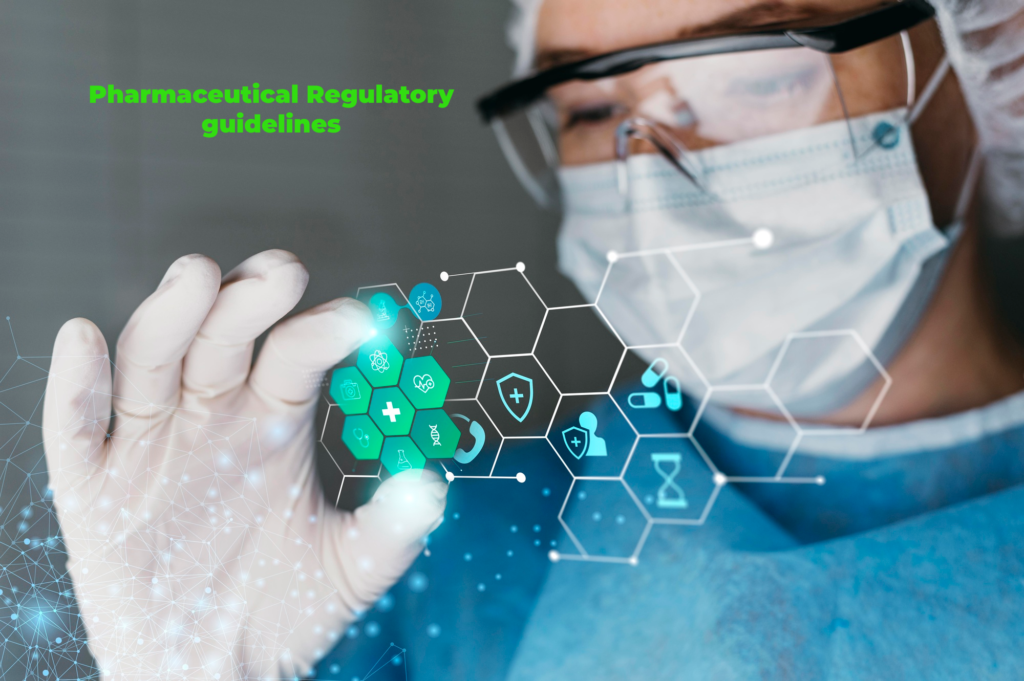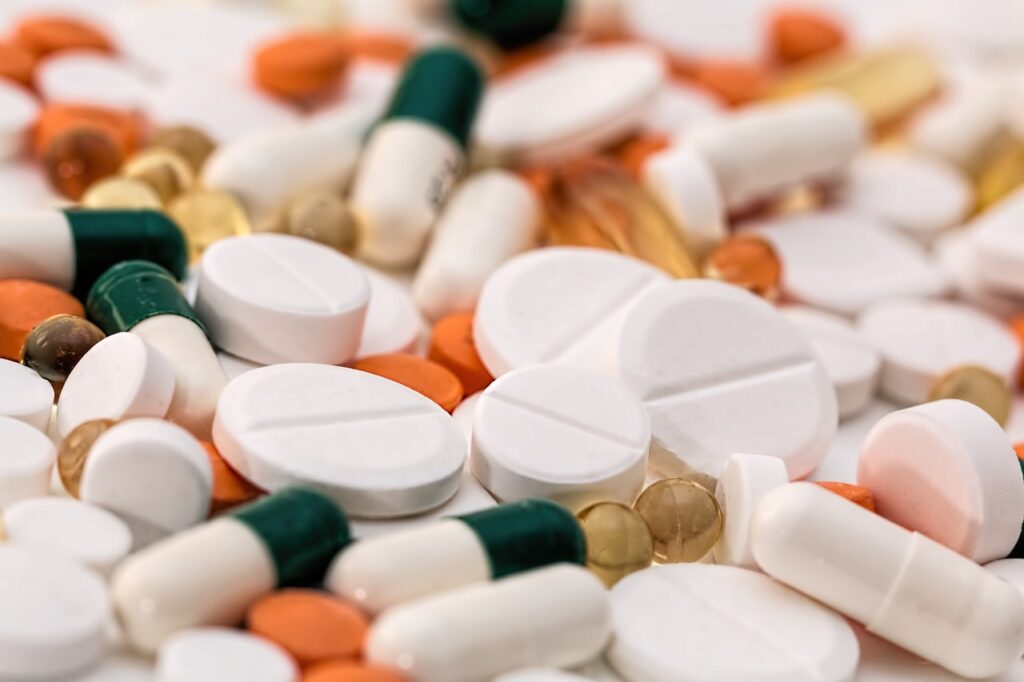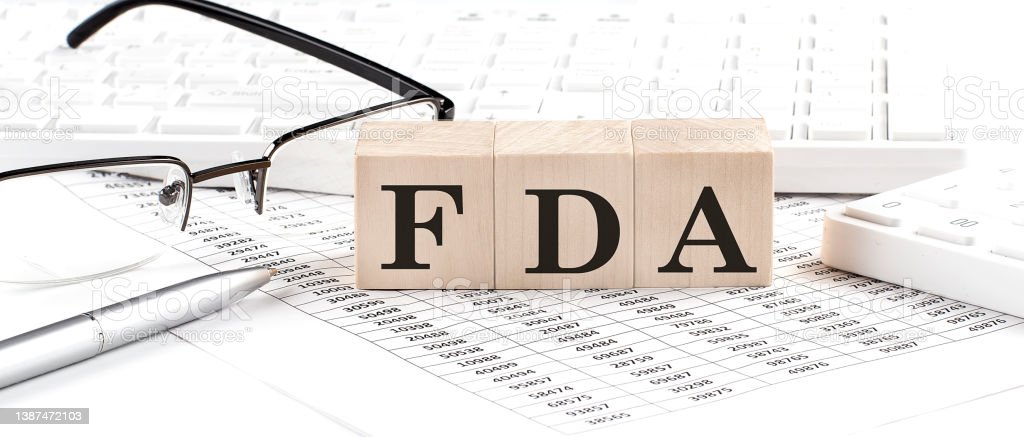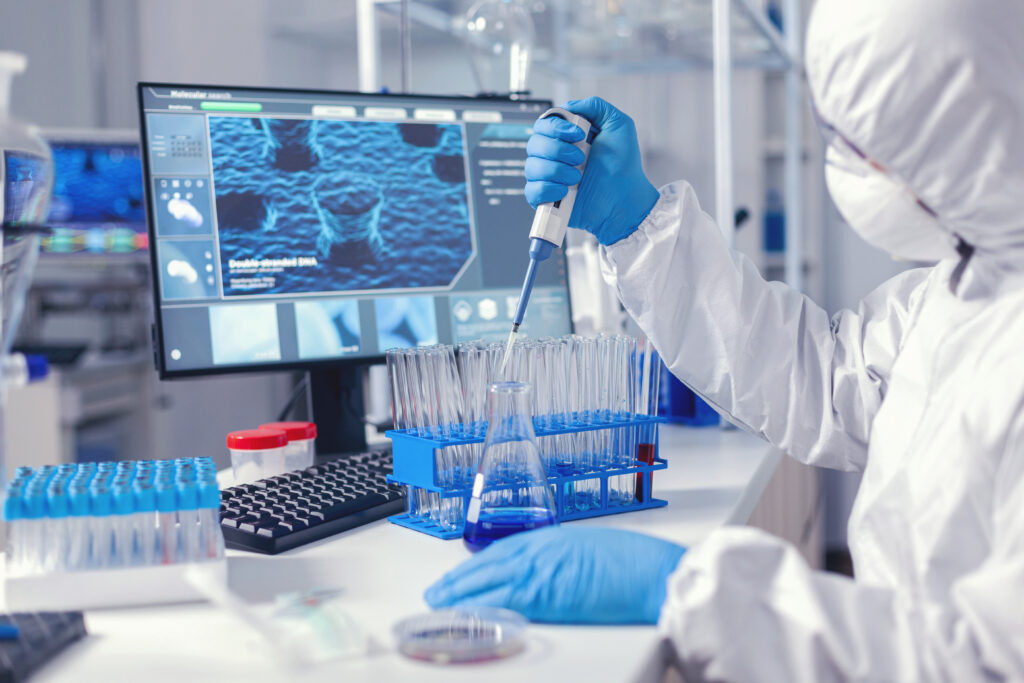Understanding Pharmaceutical Guidelines
Pharmaceutical guidelines play a crucial role in ensuring the safety, efficacy, and quality of pharmaceutical products. These guidelines are established by regulatory bodies and organizations to provide a framework for the development, manufacturing, and distribution of drugs. In this article, we will explore the significance of pharmaceutical guidelines, the key guidelines followed in the industry, and their impact on the pharmaceutical landscape.
1. Introduction to Pharmaceutical Guidelines
Pharmaceutical guidelines are a set of rules and recommendations that govern every aspect of the pharmaceutical industry. From research and development to manufacturing and distribution, these guidelines set the standards for quality, safety, and efficacy of drugs. They are designed to protect public health and ensure that pharmaceutical products meet stringent requirements before reaching consumers.
2. The Importance of Pharmaceutical Guidelines
The importance of pharmaceutical guidelines cannot be overstated. They serve as a roadmap for pharmaceutical companies, guiding them through the complex process of drug development and ensuring that the final products are safe and effective. These guidelines not only benefit the end-users but also provide a level playing field for pharmaceutical manufacturers by establishing uniform standards. Pharmaceutical guidelines play a vital role in the drug industry, ensuring that all aspects of drug development, manufacturing, and distribution adhere to stringent standards. These guidelines are essential for safeguarding public health and guaranteeing that pharmaceutical products meet high-quality, safety, and efficacy requirements before they reach consumers. By providing a clear roadmap for pharmaceutical companies, these guidelines help maintain the integrity of the industry and ensure that drugs are safe and effective for patients. Moreover, adhering to pharmaceutical guidelines fosters fair competition among manufacturers and creates a level playing field, benefiting both companies and consumers alike.
3. Regulatory Bodies and Pharmaceutical Guidelines
In different regions of the world, various regulatory bodies oversee pharmaceutical guidelines. Two of the most influential bodies are:
- FDA (Food and Drug Administration) – The FDA is the regulatory agency of the United States Department of Health and Human Services. It is responsible for ensuring the safety and efficacy of drugs, medical devices, vaccines, and other healthcare products in the United States. The FDA reviews and approves new drugs and medical devices, sets manufacturing standards, and conducts post-market surveillance to monitor the safety of products.
- EMA (European Medicines Agency) – The EMA is the regulatory agency of the European Union responsible for evaluating and supervising pharmaceuticals. It is responsible for the scientific evaluation of medicines developed by pharmaceutical companies and provides recommendations for their approval within the EU member states.
- MHRA (Medicines and Healthcare products Regulatory Agency) – The MHRA is the regulatory body in the United Kingdom responsible for ensuring the safety, quality, and efficacy of medicines and medical devices. It approves and licenses drugs, conducts inspections of manufacturers, and monitors adverse reactions to medicines.
- Health Canada – Health Canada is the regulatory authority in Canada responsible for regulating pharmaceuticals, medical devices, and natural health products. It assesses the safety and efficacy of drugs, monitors their quality, and provides approval for their sale and distribution in Canada.
- TGA (Therapeutic Goods Administration) – The TGA is the regulatory agency of Australia responsible for regulating therapeutic goods, including prescription and over-the-counter medicines, vaccines, and medical devices. It assesses the quality, safety, and efficacy of these products before they can be marketed in Australia.
- PMDA (Pharmaceuticals and Medical Devices Agency) – The PMDA is the regulatory agency of Japan responsible for the evaluation and approval of pharmaceuticals and medical devices. It assesses their safety, efficacy, and quality before they can be marketed in Japan.
- CFDA (China Food and Drug Administration) – The CFDA is the regulatory agency of China responsible for regulating food, drugs, and medical devices. It oversees the approval, registration, and quality control of pharmaceutical products in China.
- CDSCO (Central Drugs Standard Control Organization) – The CDSCO is the regulatory body in India responsible for regulating pharmaceuticals and medical devices. It evaluates and approves drugs, sets standards for their quality, and ensures compliance with regulations.
- ANVISA (National Health Surveillance Agency) – ANVISA is the regulatory agency of Brazil responsible for regulating pharmaceuticals, medical devices, and health products. It evaluates and approves drugs, medical devices, and other health products before they can be marketed in Brazil.
- SFDA (Saudi Food and Drug Authority) – The SFDA is the regulatory agency of Saudi Arabia responsible for regulating pharmaceuticals, food, and medical devices. It assesses the safety and efficacy of pharmaceutical products before they can be marketed in the country.
These regulatory bodies play a crucial role in ensuring that pharmaceutical products are safe, effective, and of high quality for consumers worldwide. They enforce guidelines and regulations to protect public health and ensure that pharmaceutical companies adhere to strict standards in their development and manufacturing processes.
4. Good Manufacturing Practices (GMP)
Good Manufacturing Practices (GMP) are a set of guidelines that focus on the manufacturing process of pharmaceuticals. They ensure that drugs are consistently produced and controlled according to quality standards.
– Overview of GMP
GMP guidelines cover various aspects, including the use of raw materials, equipment maintenance, hygiene practices, and record-keeping.
– Importance of GMP in Pharmaceuticals
GMP is essential in maintaining the integrity of pharmaceutical products and preventing contamination or adulteration during manufacturing.
– Key Components of GMP
GMP emphasizes quality control, risk management, and adherence to standard operating procedures.
5. Good Clinical Practice (GCP)
Good Clinical Practice (GCP) guidelines are designed to ensure the ethical conduct of clinical trials involving human subjects.
– Understanding GCP
GCP guidelines outline the responsibilities of researchers, investigators, and sponsors during clinical trials.
– Ensuring Ethical Conduct in Clinical Trials
GCP guidelines protect the rights and well-being of trial participants and guarantee the reliability of trial data.
6. Good Laboratory Practice (GLP)
Good Laboratory Practice (GLP) guidelines apply to non-clinical studies and research conducted in laboratories.
– Role of GLP in Pharmaceutical Research
GLP ensures that laboratory studies are conducted with precision, accuracy, and reliability.
– Compliance with GLP Standards
Adhering to GLP standards is crucial in generating credible data for regulatory submissions.
7. International Conference on Harmonization (ICH) Guidelines
The International Conference on Harmonization (ICH) brings together regulatory authorities and the pharmaceutical industry to develop guidelines that promote global harmonization.
– Purpose and Scope of ICH Guidelines
ICH guidelines facilitate the registration and approval of pharmaceutical products in multiple countries.
– Impact on Global Pharmaceutical Industry
ICH guidelines streamline drug development processes and foster collaboration among regulatory authorities worldwide.
8. Pharmaceutical Quality System (PQS)
The Pharmaceutical Quality System (PQS) ensures that pharmaceutical companies implement robust quality management practices.
– Implementing a Robust PQS
A well-defined PQS enhances product quality and reduces the risk of manufacturing errors.
– Quality Control and Quality Assurance in Pharmaceuticals
PQS focuses on both quality control during manufacturing and quality assurance throughout the product lifecycle.
9. Current Good Manufacturing Practice (cGMP)
Current Good Manufacturing Practice (cGMP) is an evolution of traditional GMP, adapting to modern pharmaceutical manufacturing practices.
– Differences from Traditional GMP
cGMP addresses modern challenges such as automation, advanced analytics, and process validation.
– Application in Modern Pharmaceutical Industry
cGMP facilitates the use of innovative technologies while maintaining strict adherence to quality standards.
10. Pharmaceutical Guidelines for Drug Development
Drug development follows a series of stages, each governed by specific guidelines:
– Preclinical Testing and Studies
Preclinical testing ensures the safety and efficacy of drugs in non-human subjects before moving to human trials.
– Clinical Trials and Phases
Clinical trials follow GCP guidelines and involve multiple phases to assess drug safety and effectiveness in humans.
– Post-Marketing Surveillance
After approval, pharmaceutical companies must monitor the safety and efficacy of drugs in real-world scenarios.
11. Challenges in Adhering to Pharmaceutical Guidelines
Compliance with pharmaceutical guidelines presents several challenges to companies, including financial burdens, resource allocation, and changing regulatory landscapes.
12. Future of Pharmaceutical Guidelines
The future of pharmaceutical guidelines is marked by technological advancements and global harmonization efforts.
– Advancements in Technology and Innovation
Emerging technologies like artificial intelligence, biotechnology, and personalized medicine will impact guideline development and implementation.
– Global Harmonization Efforts
Continued efforts towards harmonizing guidelines worldwide will facilitate international drug development and access to medicines.
Pharmaceutical guidelines are the cornerstone of a safe and effective pharmaceutical industry. They ensure that drugs are rigorously tested, manufactured, and monitored to guarantee the best possible outcomes for patients. By adhering to these guidelines, pharmaceutical companies can continue to bring innovative and life-saving drugs to the market.
FAQs
1. Are pharmaceutical guidelines the same worldwide?
No, pharmaceutical guidelines may vary between countries and regions due to different regulatory bodies and healthcare systems. However, efforts are being made to harmonize guidelines globally.
2. Can pharmaceutical companies choose to ignore guidelines?
Ignoring pharmaceutical guidelines is not advisable as it can lead to non-compliance, regulatory penalties, and compromised product quality.
3. How often are pharmaceutical guidelines updated?
Pharmaceutical guidelines are regularly updated to incorporate new scientific discoveries, technological advancements, and changing health priorities.
4. Are pharmaceutical guidelines only applicable to large companies?
No, pharmaceutical guidelines apply to all companies involved in drug development, regardless of their size or resources.
5. How can consumers verify if a pharmaceutical product meets guidelines?
Consumers can check for regulatory approvals and certifications on the packaging or consult healthcare professionals for guidance.
For more articles, Kindly Click here.
For pharmaceutical jobs, follow us on LinkedIn, Jobs in the United Kingdom
For Editable SOPs in Word, format contact us on info@pharmaguidelines.co.uk





